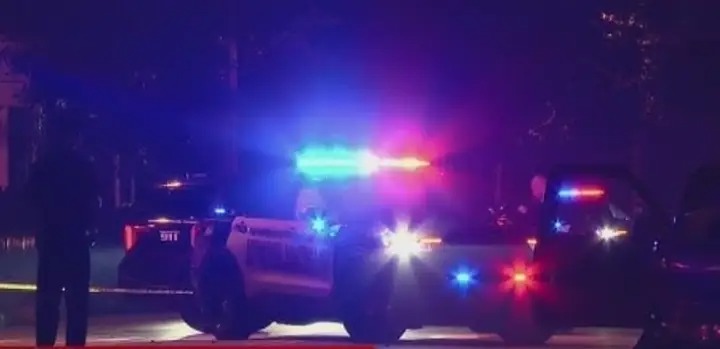In a devastating escalation of the ongoing conflict between Russia and Ukraine, recent missile and drone strikes have rocked several Ukrainian cities, leaving dozens dead and reigniting fears of further aggression from Moscow. Among the most tragic incidents was the deadly attack on Kryvyi Rih—President Volodymyr Zelensky’s hometown—where 18 civilians, including nine children, lost their lives. While Russia claimed the operation was intended to eliminate Ukrainian and foreign military personnel, local authorities vehemently condemned the action, calling it a targeted assault on innocent lives. A haunting collage of the young victims has been widely circulated across Ukrainian media, serving as a powerful reminder of the brutal cost of war and challenging narratives that frame the Russian president as a peace-seeker.
According to Ukrainian military officials, the recent wave of attacks was orchestrated using a variety of sophisticated weapons. Four Russian Tu-95MS strategic bombers launched Kh-101 cruise missiles from above the Caspian Sea, with additional Kalibr missiles fired from the Black Sea. The offensive also included Iskander-M ballistic missiles and Iranian-made Shahed drones, known for their kamikaze-style impact. The coordinated nature and scale of these strikes signal a deliberate and strategic escalation, not just a spontaneous or reactionary military maneuver. These actions underscore a broader message from the Kremlin that any talks of peace remain far from reality.
In response, NATO scrambled its air units to monitor and patrol airspace along the alliance’s eastern flank. Polish authorities confirmed that their jets, alongside those of allied forces, were placed on high alert due to what was described as “intensified Russian aerial operations.” Poland’s military leadership activated all immediate defense measures, deploying air defense systems and reconnaissance units to ensure rapid response capability. These actions highlight the growing concerns among neighboring countries that the war in Ukraine could spill beyond its borders, potentially drawing in more direct NATO involvement should the conflict escalate further.
The bombardments were not limited to Kryvyi Rih. Other regions including Uman in the Cherkasy area and Kupyansk in Kharkiv were also hit. In Kupyansk, an aerial bombing led to the injury of two elderly residents and sparked fires in residential buildings. In Kyiv, the capital, Mayor Vitali Klitschko reported that emergency services were engaged in putting out multiple fires caused by missile debris. The explosions and falling wreckage damaged several districts, prompting authorities to advise residents to remain in shelters. The scale and intensity of destruction across these urban areas indicate a concerted effort to break Ukrainian resistance and sow chaos within its cities.
Despite occasional international diplomatic gestures and peace suggestions—including some floated by figures like Donald Trump—Ukrainian officials say there is no credible indication that Russia is preparing to end its campaign. A senior NATO representative reinforced this view, stating that there are no signs on the battlefield of a Russian pivot toward a ceasefire or meaningful negotiation. The alliance asserts that Moscow remains committed to its original goals, and any hopes for de-escalation appear premature. As the war drags on, the toll on civilians grows heavier, and the geopolitical tension surrounding Eastern Europe continues to mount.



